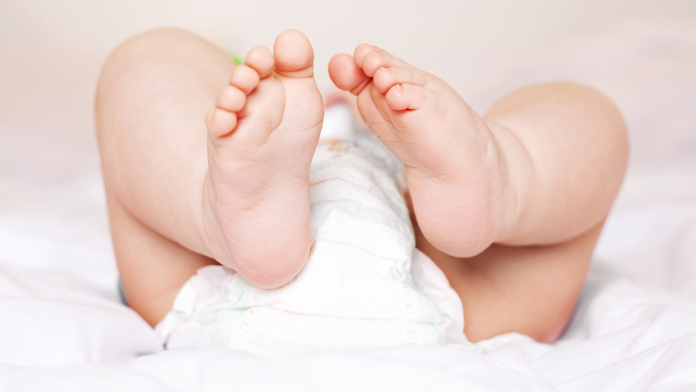There are several reasons why a young child’s skin can become red and it’s not necessarily due to poor hygiene. In some cases the irritations are transient, in others they are persistent and can turn into something more serious. Staines e redness they could be spying on one dermatitis due to the excessive use, however indispensable, of the diaper. Mums and dads, don’t worry: it’s a small “inconvenience” that can be easily eliminated.
In this article
What is diaper rash
“The diaper rash it’s a’inflammation due to certain substances contained inurine and in I did that irritate the skin,” he explains Maria Giuliano, president of the Italian Society of Pediatricians (SIMPE) Campania. Being mainly made up of layers of plastic, they block the perspiration of the skin causing the temperature of the genitals to rise.
Why does skin get irritated easily in summer?
«L’humidity and the friction generated lead to maceration of the skin, making it more vulnerable to the penetration of microorganisms». That’s why in summer, when the temperature rises, doubles the risk of dermatitiscausing redness with papules, scaly or eroded areas, in the groin area, on the genitals and on the buttocks. «In some cases, such as in the phase of dental eruption, which involves an increase in the acidity of the urine, or when the inflammation is neglected, the dermatitis gets worse. Thus bacterial and fungal super-infections can appear ».
10 tips to treat newborn skin
If you want to prevent your child from having a red bottom, you can put into practice the baby-saving decalogue dedicated to the protection of children from diaper rashmade by the experts Save.
First tip: “potty” the baby at the right time, that is when the little one understands if the bladder is full and knows how to contract the bladder muscle. It usually coincides with 2 years for girls and 3 years for boys. Another recommendation: increase the diaper change frequency to prevent the covered delicate skin from remaining in contact with urine and sweat for too long. It’s still: do not overuse moisturizing wipes and prefer to use warm water and a mild cleanser to refresh the genitals. After washing, avoid rubbing the area dry, but dab it with a towel soft. The drying phase is as important as that of wash. Before putting the diaper back on, make sure that the bottom and genitals are dry. And again be careful: leaving the area moist favors irritation and the proliferation of infectious microorganisms. It is good to increase the frequency and dose of applications specific soothing, protective and soothing creams for sensitive and delicate skin, preferably without perfume. The one made from wheat extract can also serve this purpose, so create a very light veil to protect the skin from the acidity of the pee. Finally, it is essential to plan short or long breaks without a diaper. Summer is the right season to do it: even for very young children it is enough leave the genital area free even for just 15 minutes per day, for the older ones you can be more daring. If irritations and dermatitis are very frequent, change the type and/or brand of diaper to check if the problem depends on the product used. If redness and irritation do not improve within two to three days it is necessary consult the pediatrician: Infections may be in progress. On the other hand, “do it yourself” and, in particular, the use of corticosteroid-based creams should be avoided, because they can give side effects.
Wheat extract: a protective barrier for baby skin
A new research by SIMPE Campania has demonstrated the effectiveness of the combination of wheat extract and polyhexanide, a powerful antiseptic in skin healing and in the prevention of super-infections. The research involved 26 children under 4 years of age affected by dermatitis due to diaper friction. At the end of the therapy a complete resolution of the lesions was recorded in all 26 cases with an average healing period of 6 days. Only in one case was it necessary to add a topical antibiotic.
